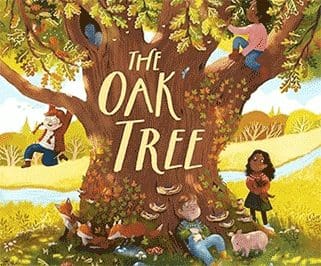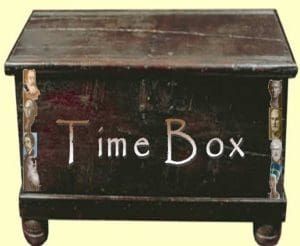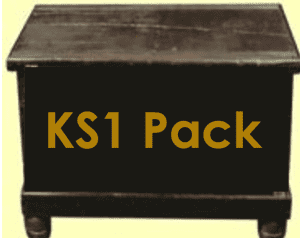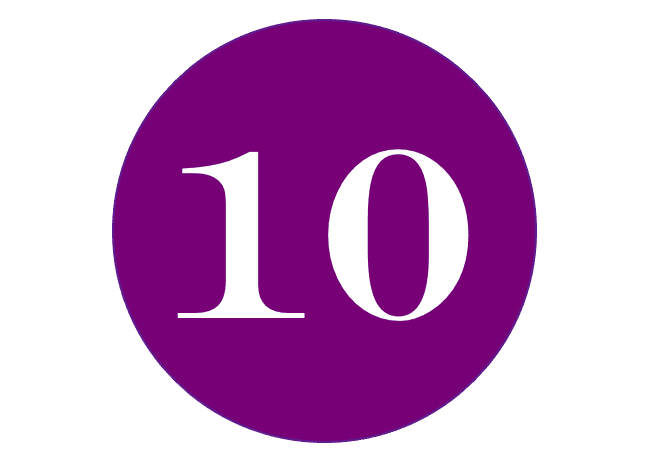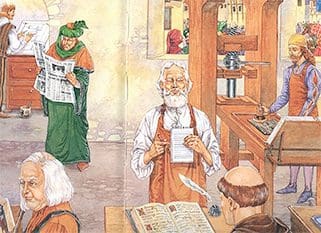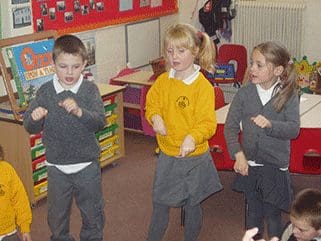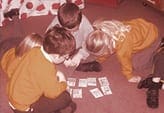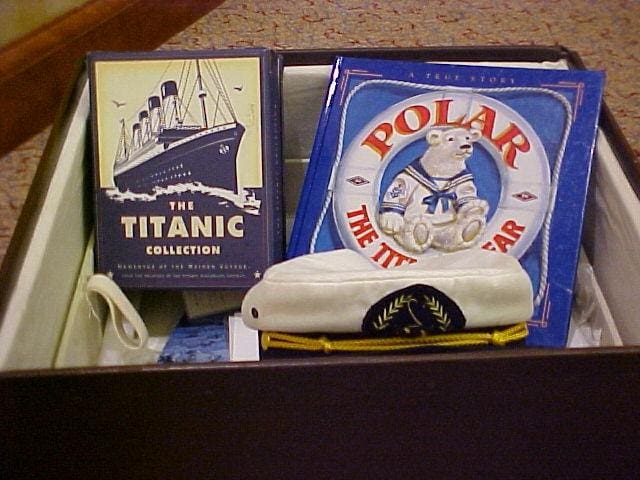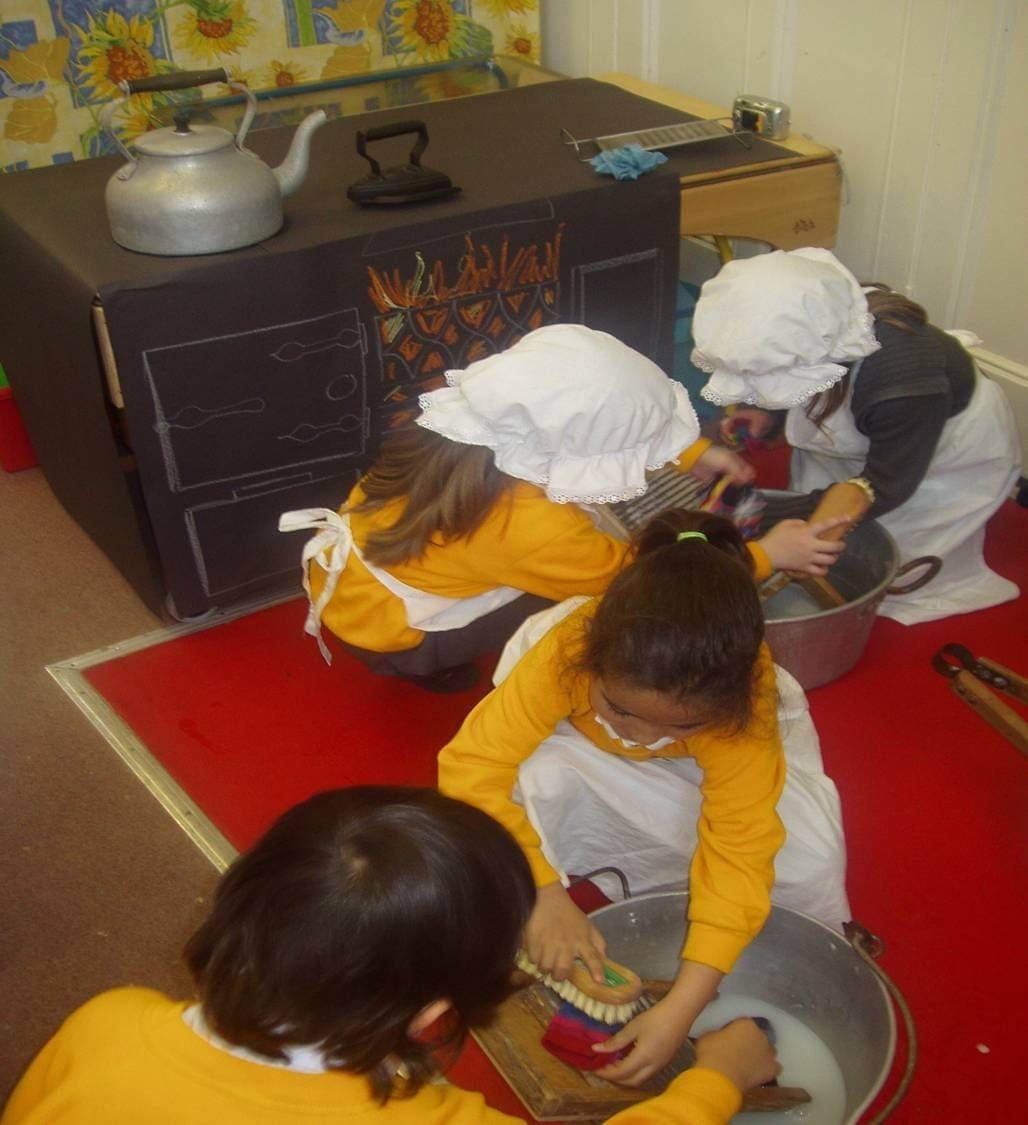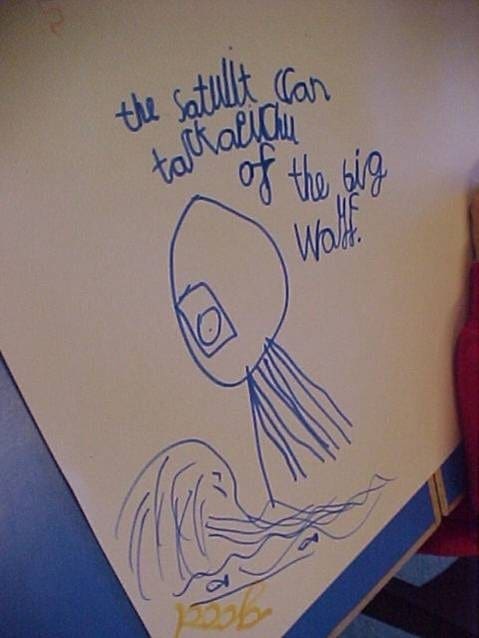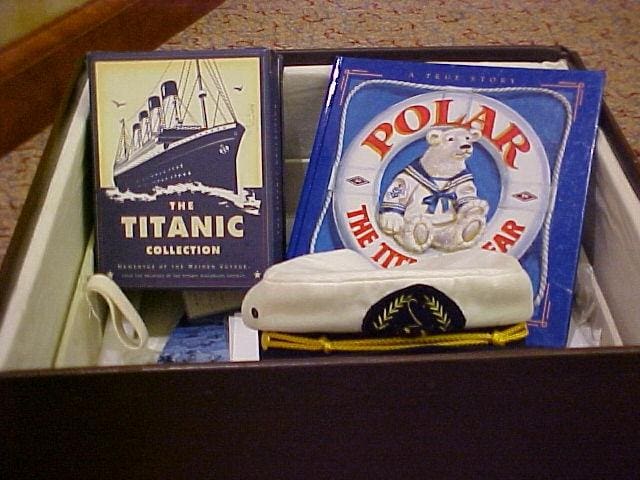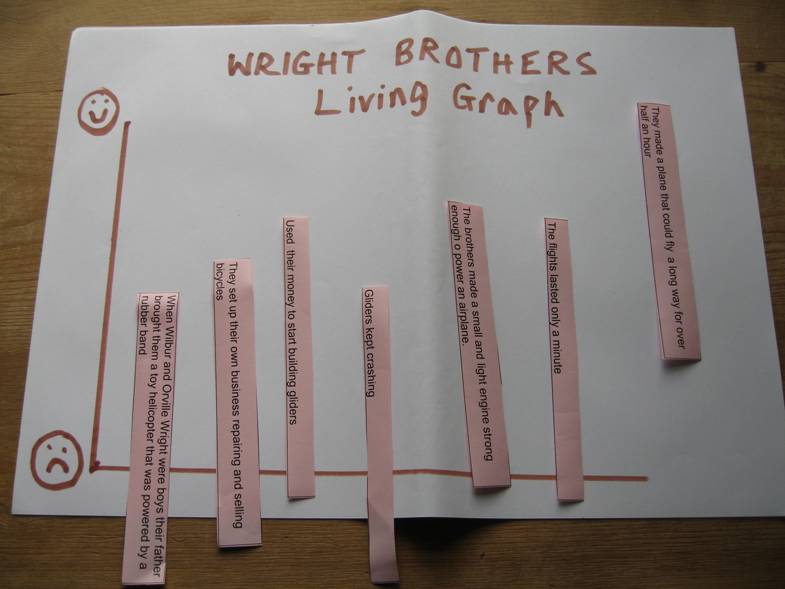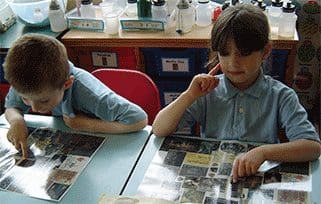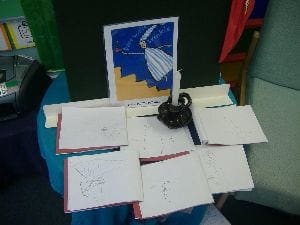Teaching and Learning
Using story books at KS1 to develop a sense of time
I have written on this topic before, but there are always new and fresh titles appearing that necessitate an update….
Read MoreRunning timebox – First and foremost
Why Timebox teams? First and foremost, Timebox Teams should be fun. Behind the serious intent of improving pupils’ chronological knowledge…
Read MoreTimebox – KS1 Pack
Mention the teaching of chronology to most infant teachers and their eyes glaze over. Their experience is that it is…
Read MoreIt’s time to think about the teaching of time at KS1 and 2
Time is probably the concept most fundamental to understanding history. This presents problems, of course, particularly with the youngest children….
Read More10 top dos and don’ts of using knowledge organisers in primary history
Used well, knowledge organisers are a really powerful resource but it all depends on how they are used. However attractive…
Read MorePreparing for the new EYFS framework from September 2021
Teaching about the past in EYFS Although most schools and settings prefer not to refer to history as a discrete…
Read MoreFun activity on anachronism to help children develop a sense of period when learning about Caxton
Getting young children to develop a sense of period and an awareness of how different the distant past was to…
Read More‘Fitness for purpose’ teaching and learning strategies in KS1 history
Throughout the site there are lots of examples of imaginative activities, for both teaching and learning. These need to be…
Read MoreThe learning process in history at KS 1
Given that this site specialises in giving practical support to busy teachers and subject leaders, you may be surprised to…
Read MoreRoles of learners
One of the best ways of exciting young children in history is to put them in role. Dorothy Heathcote’s approach…
Read MoreImaginative history outcomes at Key Stage 1
A key part of motivating infants in history is providing interesting practical products that really stimulate their interest. When so…
Read More50 imaginative history learning activities for KS1
This ground-breaking section offers a massive range of ideas, arranged in alphabetical order. Some of the titles may seem a…
Read MoreInclusion at Key Stage 1
In addition to advice on: being healthy, staying safe, enjoying and achieving, making a positive contribution etc, this site focuses…
Read MorePersonalised learning in history at KS 1
This is certainly one of the key areas to be focusing on in the next few years and lies at…
Read MoreGender issues in history at Key Stage 1
It is tempting when thinking about boys’ achievement to focus on teaching and learning, but there is a stage before…
Read MoreGifted and Talented in history at KS1
Much has been written in general terms about identifying and then catering for able pupils in history. OFSTED and others…
Read MoreMotivating pupils in history at Key Stage 1
The essence of what appeals to pupils can often be summed up by the words, People, Puzzle and Point. Children…
Read MoreUsing artefacts to help children’s historical understanding at Key Stage 1
Since the early 90s, artefacts have become increasingly available either to purchase or to loan. Many firms offer useful replicas…
Read MoreUsing ICT and film at Key Stage 1
This section alerts you to where you will find examples of published best practice as well as featuring a few…
Read MoreTeaching chronology at Key Stage 1
Mention the teaching of chronology to most infant teachers and their eyes glaze over. Their experience is that it is…
Read More‘100’ great ideas for teaching history at KS1
At present there are nearly 80 ideas arranged in alphabetical order. You will see that a brief description is offered,…
Read MoreWhat makes an outstanding lesson in history at KS1?
There are no separate OFSTED criteria for outstanding primary history let alone for infants alone. The criteria HMI use are…
Read MoreThe teaching process in history at KS1
The approach offered on this site is only one of many you might know, or even use. Heaven forbid that…
Read MoreViews of learners on history at Key Stage 1
There has been very little published research on the views of infants on their history work. I think we might…
Read MoreHistory for pupils with EAL in Key Stages 1 and 2
Most of you will be well-versed in strategies for helping children with EAL access other subjects in the curriculum and…
Read MoreS.E.N. in history at Key Stage 1 and 2
By inclusion we mean three things here: setting suitable learning challenges, responding to pupils’ diverse needs, and overcoming potential barriers…
Read MoreTeaching interpretations in history at Key Stage 1
For many teachers of infants, interpretations is the hardest of all the ideas to get across. It is an abstract…
Read MoreEnquiry in history at Key Stage 1
History is full of rich and interesting stories, and pupils love to hear them. Indeed, a good story well-told is…
Read More
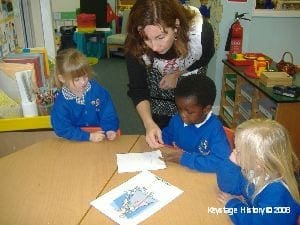 The approach offered on this site is only one of many you might know, or even use. Heaven forbid that teaching should ever be done to formula, but in my experience there are a number of phases a lesson might go through to achieve its objectives. The order of these stages is important. What is offered below is a simple description and explanation of each phase. The text is offered in diagrammatic form as a downloadable resource. Many infant colleagues I have worked with have found it really helpful to have the 6 steps shown clearly on one side of A4 until they become second nature.
The approach offered on this site is only one of many you might know, or even use. Heaven forbid that teaching should ever be done to formula, but in my experience there are a number of phases a lesson might go through to achieve its objectives. The order of these stages is important. What is offered below is a simple description and explanation of each phase. The text is offered in diagrammatic form as a downloadable resource. Many infant colleagues I have worked with have found it really helpful to have the 6 steps shown clearly on one side of A4 until they become second nature.